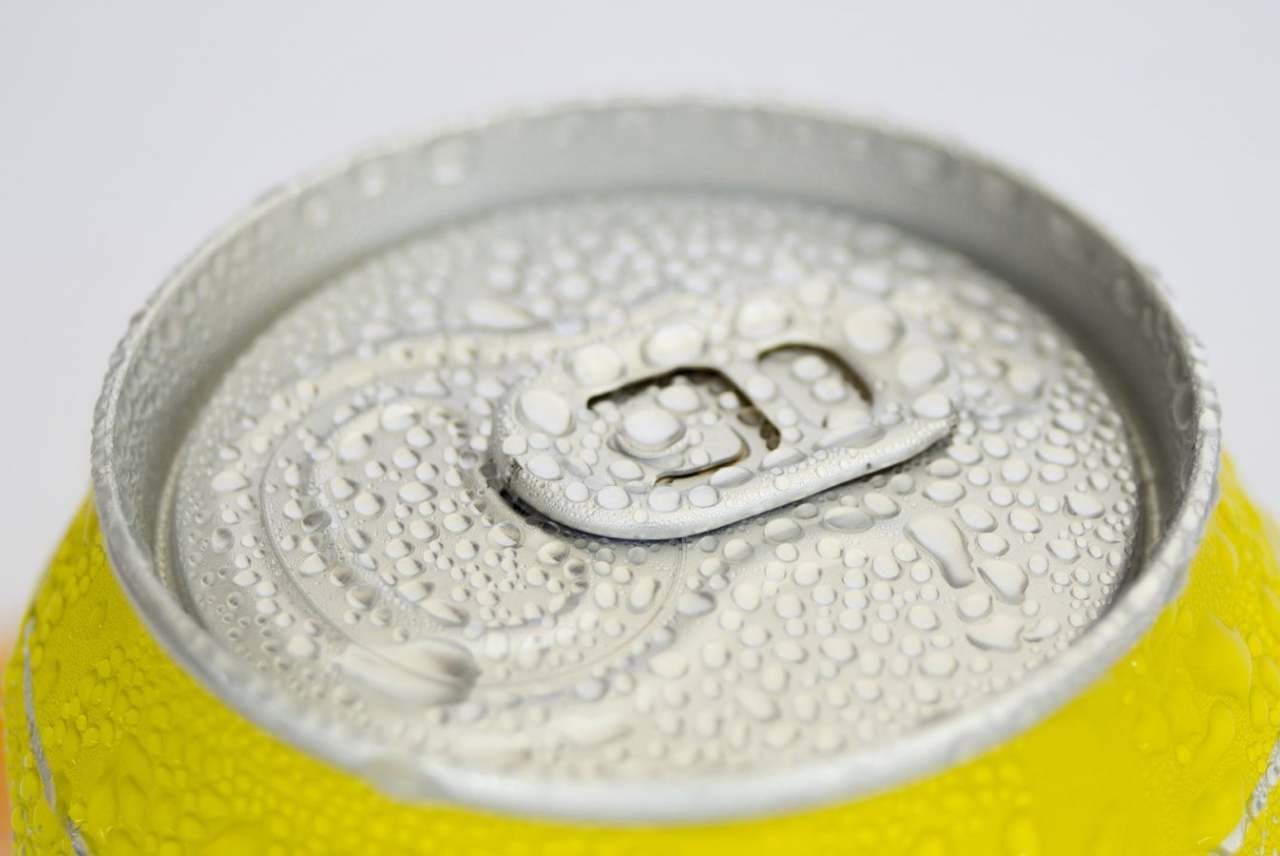It’s a tricky question and depends on your priorities – some are better in terms of carbon whilst others are better in terms of reuse, recycling and waste.
Glass and aluminium can both be ‘closed loop’ recycled – turned back into the same product, a potentially limitless number of times. Plastic, however, degrades each time you melt it. Although plastic bottles and cartons can be recycled, it is thus into a lower quality material, and only so many cycles are possible.
Tetra Paks
Most beverage cartons are made by the Swedish company Tetra Pak, and the company name has become synonymous with the product, although there are a few other companies that also make them.The cartons are about 75% card, but this is layered with plastic (polyethylene) and, in the ones that are designed to preserve liquids outside of the fridge, a thin layer of aluminium.
They can be recycled but are much less likely to be than glass bottles or aluminium cans.
Globally, only about 26% of Tetra Paks are recycled (figures are not available for the UK). This means that there are lots of Tetra Paks with plastic and aluminium going into the waste stream.
And when they are recycled, it is not a closed loop – they are mostly made into construction materials.
But Tetra Paks take much less energy to make than other forms of packaging, and that makes them the winner in climate terms. One study estimated a one litre Tetra Pak carton as having a carbon footprint of around 77-103 g CO2e/litre (see below for comparisons).
Other estimates are similar or somewhat lower. They are also lighter to transport and because empty Tetra Paks can be transported flat, you can also fit far more into one shipment than you could glass bottles, plus, when filled, they are regular shaped and therefore more space efficient.
Plastic bottles
Plastic bottles are typically made from PET (Polyethylene terephthalate) which is made from oil, a non-renewable resource.
Most companies are not reducing the amount of single-use bottles they use. They are focusing their efforts on ‘lightweighting’ – making PET bottles thinner to reduce costs, plastic-use and carbon emissions – or adding recycled content.
Some companies are using bioplastics, like PLA, which use plant material like sugar cane or potato starch as a source material. However, the large amount of land required to grow the raw materials raises serious issues. There are other environmental concerns, such as pollution from crop fertilisers to take into consideration. And vegans beware – some bioplastics are made from agricultural and industrial food waste such as feathers and fish scales.
Around 59% of plastic bottles are recycled in the UK. Most recycled bottles are turned into polyester fibre – used for clothing and furnishings. The lids are recycled into garden furniture, litter bins and pipes, which, in turn, are often not recycled.
Furthermore, roughly two-thirds of plastic waste in the UK is sent overseas to be recycled – in part, to reduce costs.10 For the 40% or so of plastic bottles that are not recycled, they just sit in the environment and don’t break down fully, only into smaller pieces of plastic. That may take up to 450 years.
PET bottles take much more energy to make than Tetra Paks, and their carbon footprint is much higher – around 350 g CO2e/litre. They can’t be reused, as the sterilisation would damage the plastic. You can recycle them but, in the best-case scenario in terms of the amount of recycling likely to happen, their carbon footprint only attains levels similar to the absolute worst-case scenario for Tetra Paks.
Glass
Glass bottles have been recycled into new glass bottles for many years and they are infinitely recyclable, in a closed loop. Around 68% of glass bottles are recycled in the UK, which is the highest rate of all the packaging options here, behind only paper and cardboard. Much of this recycling is carried out in the UK, unlike in the case of plastic bottles.
They also take less water to make than PET bottles. However, glass bottles take a lot of energy to make, and also to transport because of their weight. Both of these contribute to glass’s carbon emissions being the highest of all the packaging types, even when you take into account the likely amount of recycling that will happen.
Manufacturers are, however, looking at using thinner and therefore lighter glass. The study above estimated the carbon footprint of the type of glass bottle used for juice at between 500-760 grams/litre.
Aluminium cans
Aluminium is lighter than glass, which reduces transportation costs, and, like glass, it can be infinitely recycled with no loss of quality. The rate of recycling aluminium in the UK is 52%.
According to the Aluminium Association “Nearly 75% of all aluminium ever produced is still in use today.”
On the downside, the original manufacture of aluminium involves large amounts of energy use for smelting and the strip mining of bauxite which is environmentally destructive.
Aluminium cans thus have a high environmental and carbon footprint at first, but it does fall dramatically when they are recycled. Recycling an aluminium can only uses 8% of the energy required to produce a new one.
A 100% recycled glass bottle comparatively uses at least 70% of the energy required to make a new one.
A can made from virgin aluminium has a carbon footprint of about 400 g CO2e per litre. At realistic recycling rates, it falls to just over half that.

